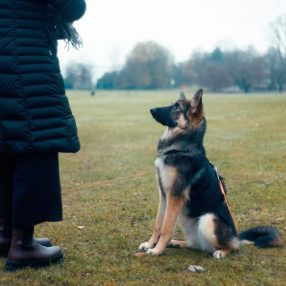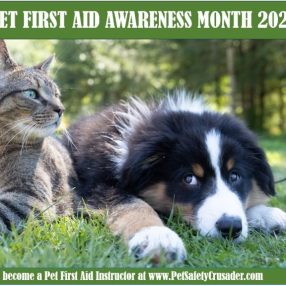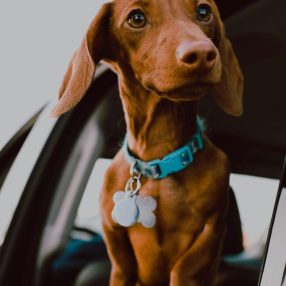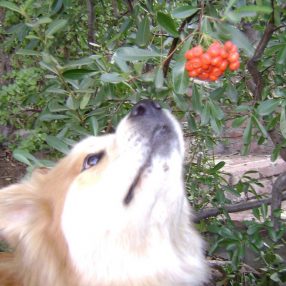
As pet owners, we all want our furry friends to look and feel their best. One of the most important aspects of this is ensuring that their coats are healthy, shiny, and free from matting. A well-maintained coat not only makes your dog look good, but it also provides important insulation, protects their skin from the elements, and helps to keep them comfortable and healthy. In this article, we’ll explore the basics of dog hair care, including what to look for in a dog shampoo, how to brush and groom your dog properly, and how to handle common coat problems.
Understanding Your Dog’s Coat
The first step in taking care of your dog’s hair is understanding what type of coat they have. Different breeds of dogs have different types of coats, and each requires a different approach to grooming. For example, long-haired breeds such as Afghan Hounds, Shih Tzus, and Maltese require daily brushing to prevent matting and tangles, while short-haired breeds such as Boxers, Pit Bulls, and Bulldogs require less frequent brushing. Additionally, some breeds have double coats, which shed seasonally, while others have single coats that shed continuously. Understanding the type of coat your dog has is the key to choosing the right grooming tools and techniques.
Choosing the Right Shampoo for Your Dog’s Coat
When it comes to dog shampoo, not all products are created equal. It’s important to choose a shampoo that’s specifically formulated for your dog’s coat type and skin condition. For example, dogs with sensitive skin will benefit from a hypoallergenic shampoo, while dogs with oily coats will benefit from a clarifying shampoo. Additionally, some shampoos are formulated for specific coat types, such as curly coats, long coats, or double coats. When in doubt, consult your veterinarian for guidance on the best shampoo for your dog.
Brushing and Grooming Your Dog Properly
Regular brushing and grooming are essential for maintaining the health and appearance of your dog’s coat. The type of brush or comb you choose will depend on your dog’s coat type and the specific grooming needs, this pet site will help to decide the right brush for your dog’s coat. For example, a slicker brush is great for removing loose fur and tangles, while a de-shedding tool can help to reduce shedding in dogs with double coats. Additionally, regular grooming sessions are a great opportunity to inspect your dog’s skin and coat for any signs of skin irritations, infections, or parasites.

Handling Common Coat Problems
Despite our best efforts, our dogs can still develop coat problems, such as matting, tangles, and excessive shedding. These problems can be uncomfortable for your dog and can even lead to skin irritations and infections if left untreated. In some cases, the best course of action may be to seek the help of a professional groomer. In other cases, a change in diet, increased brushing, or a different grooming product may be all that’s needed to resolve the problem.
Bathing Your Dog: The Dos and Don’ts
Bathing your dog is an important aspect of pet grooming, but it’s also one that can be intimidating for many pet owners. In order to keep your dog safe and comfortable during the bathing process, it’s important to follow a few key guidelines.
First and foremost, make sure the water temperature is warm but not hot. Cold water can be uncomfortable for your dog, while hot water can cause skin irritation or even burns. Additionally, choose a shampoo that’s specifically formulated for your dog’s coat type and skin condition. For example, dogs with sensitive skin will benefit from a hypoallergenic shampoo, while dogs with oily coats will benefit from a clarifying shampoo.
When it comes to actually bathing your dog, make sure you have everything you need within reach. This includes the shampoo, a bucket of warm water, and a large, and non-slip surface for your dog to stand on. Some pet owners prefer to use a hand-held showerhead for ease of use, while others prefer to use a bucket and a cup to pour water over their dog’s coat. Regardless of which method you choose, make sure you rinse your dog thoroughly to remove all traces of shampoo and soap.
Finally, make sure you dry your dog thoroughly after bathing. Wet dogs are more susceptible to skin irritations, infections, and other health problems, so it’s important to remove all traces of moisture from their coat. A good way to dry your dog is to wrap them in a warm, fluffy towel and then use a hair dryer on a low heat setting to remove any remaining moisture.
In conclusion, bathing your dog is an important aspect of pet grooming that can help to keep their skin and coat healthy and clean. By following a few simple guidelines and using the right grooming products, you can ensure that your dog is comfortable and well-cared for during the bathing process. Whether you choose to groom your dog at home or seek the help of a professional groomer, it’s important to prioritize their health and comfort at all times.










